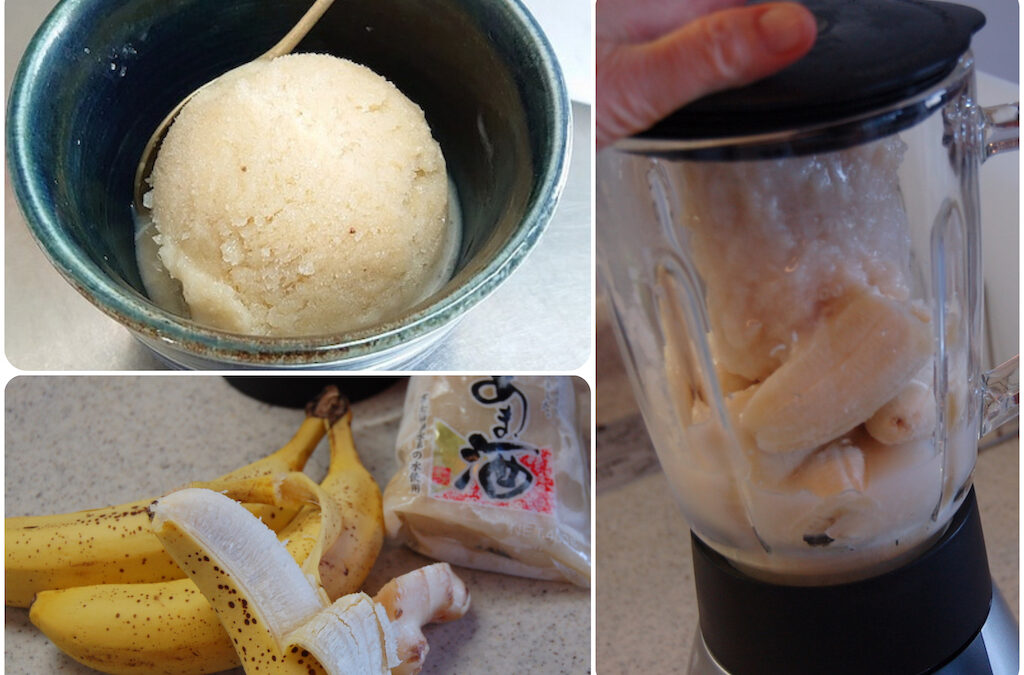
by Elizabeth Andoh | Jul 2, 2021 | Kitchen Culture, Summer
Frozen Ices made with AMA-ZAKÉ Ama-zaké has been part of the Japanese pantry for thousands of years. During the Muromachi period (1392-1573) ama-zaké consumption took on a regional identity: In and around Kyoto, it was sipped in the summertime as a stamina drink to...
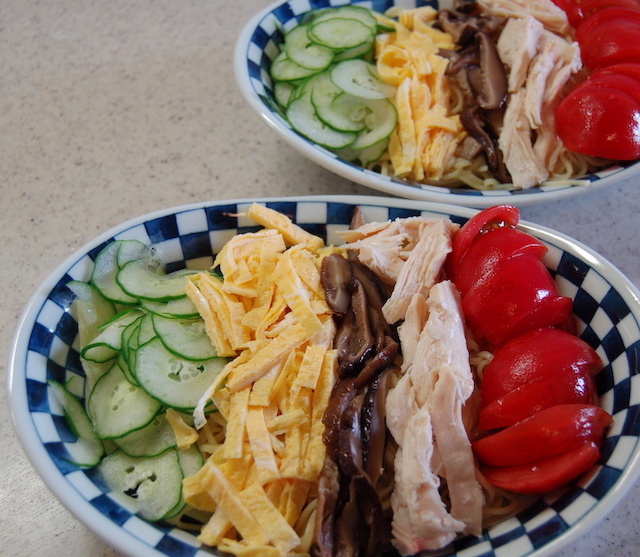
by Elizabeth Andoh | Jun 12, 2021 | Kitchen Culture, Summer
冷やし中華・Hiyashi Chūka For centuries, the Japanese have adapted and adopted foods and food ways from many culinary traditions. Asia in general, and China in particular, has probably been the greatest source of “inspiration” over the years. In fact the highly popular...
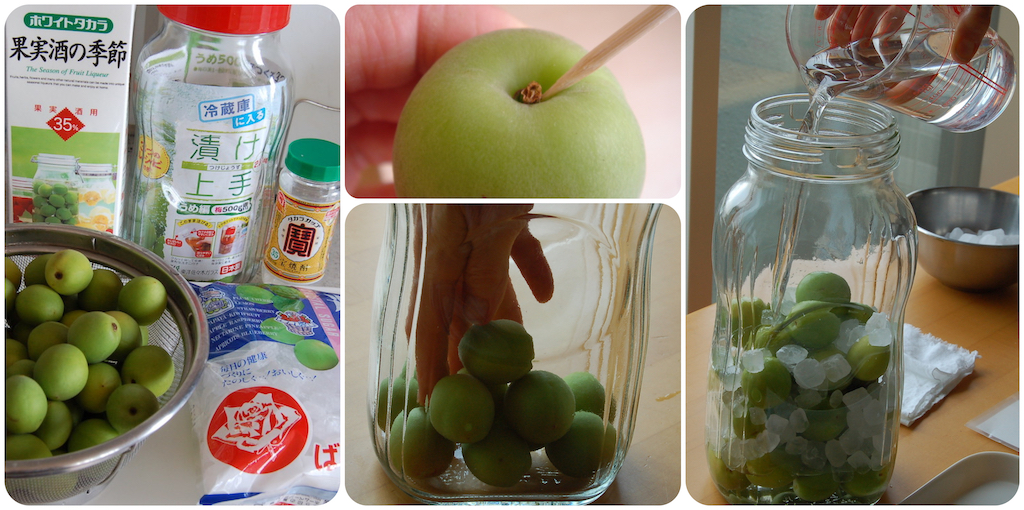
by Elizabeth Andoh | Jun 8, 2021 | Kitchen Culture, Summer
梅酒づくり Uméshu-Zukuri In Japan, early June is the time for UMÉ SHIGOTO (plum work), transforming the harvest of not-yet-fully-ripe fruit into a sweet liqueur (uméshu) and/or sour, lip-puckering salt-cured uméboshi. If you are able to source green, not-fully-ripe...
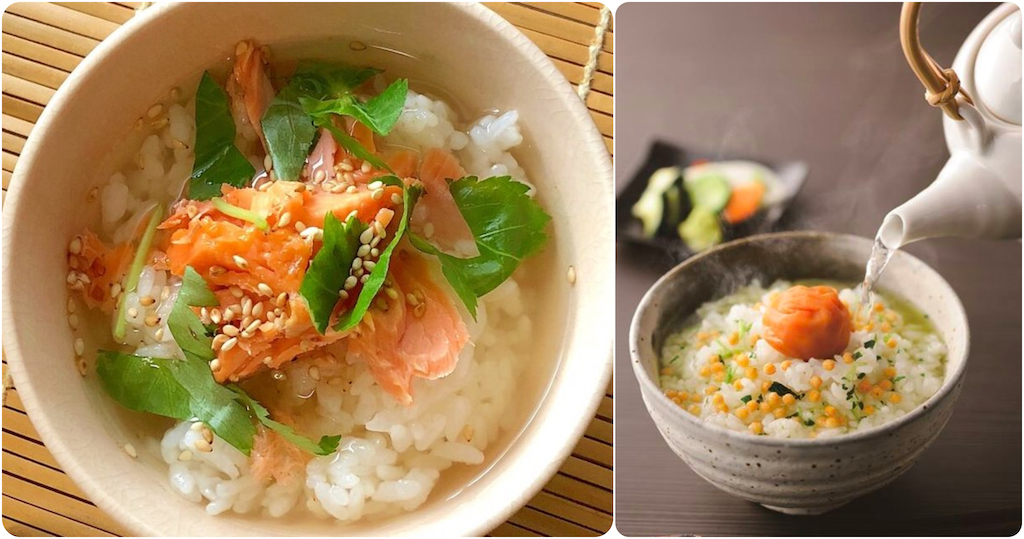
by Elizabeth Andoh | May 12, 2021 | Kitchen Culture, Year-Round
Ocha-Zuké お茶漬け Ocha-zuké, rice moistened with green tea broth, is Japanese comfort food at its most basic – a reliable stand-by that can be quickly assembled as hunger, or the mood, dictates. A delicious way to enjoy leftover rice, ocha-zuké is a favorite, late night...
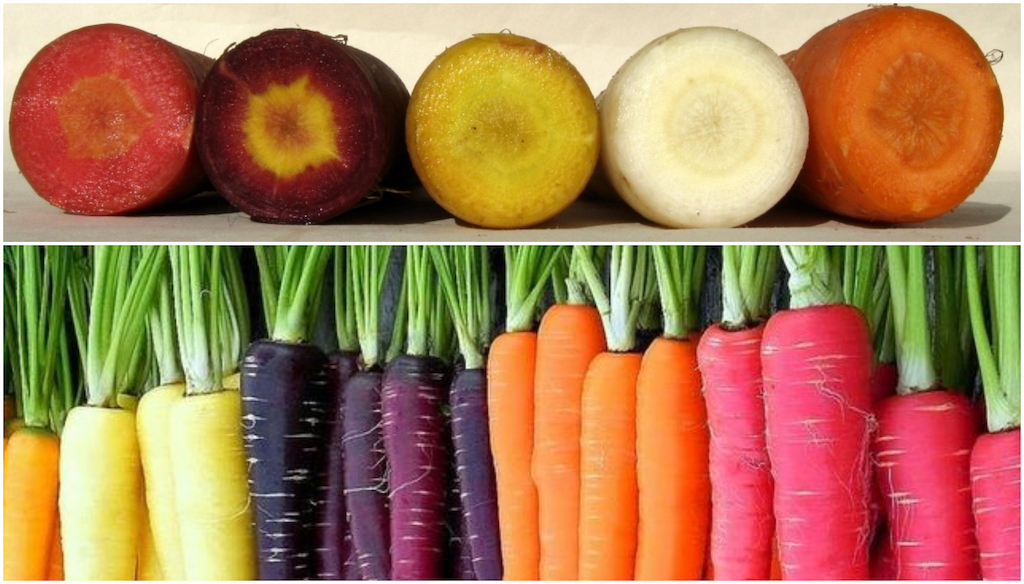
by Elizabeth Andoh | Apr 16, 2021 | Kitchen Culture, Spring
Beautiful & Nutritious The pigments that make these carrots so beautiful are also the key to their nutritional power. Orange carrots are especially rich in beta-carotene and vitamin A, both of which help to fight inflammation. Red carrots, like red tomatoes, are...
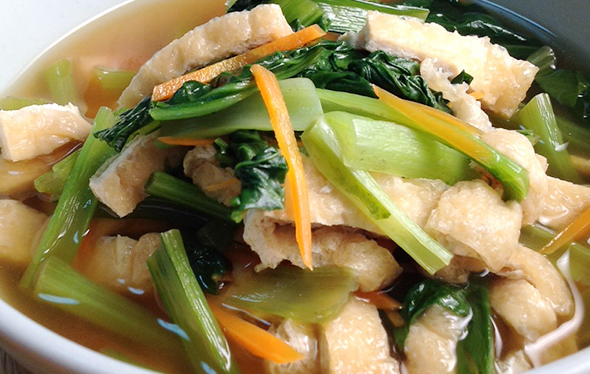
by Elizabeth Andoh | Mar 27, 2021 | Kitchen Culture, Spring
KOMATSUNA, a member of the brassica family of leafy greens, has been cultivated in Japan since the Edo period (1603-1868). The naming of the vegetable is attributed to the 8th shogun, Tokugawa Yoshimune. It seems that during a visiting to a shrine near the Komatsu...
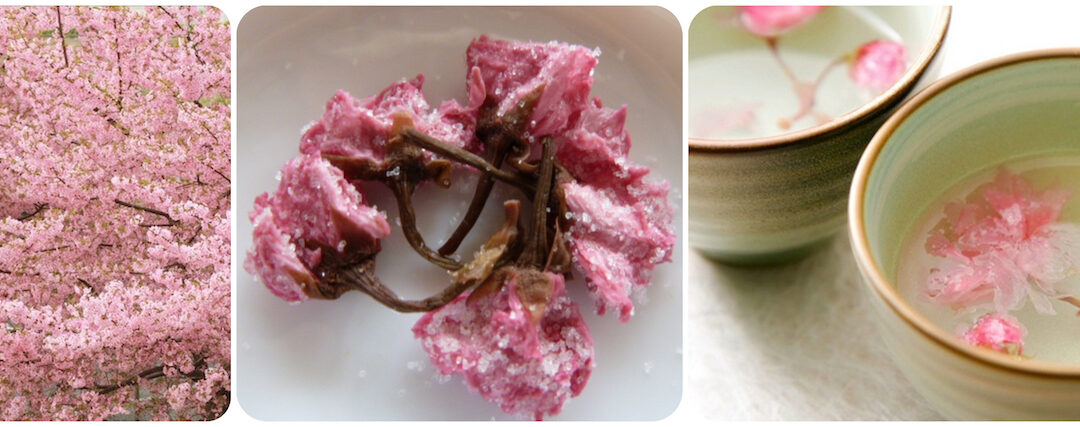
by Elizabeth Andoh | Mar 16, 2021 | Kitchen Culture, Spring
Salt-Cured Cherry Blossoms & Leaves The blossoms and leaves of certain varieties of sakura are made edible by preserving them in salt, in a process known as shio-zuké. Deeply colored yaezakura blossoms are especially prized. When it comes to salt-curing leaves,...
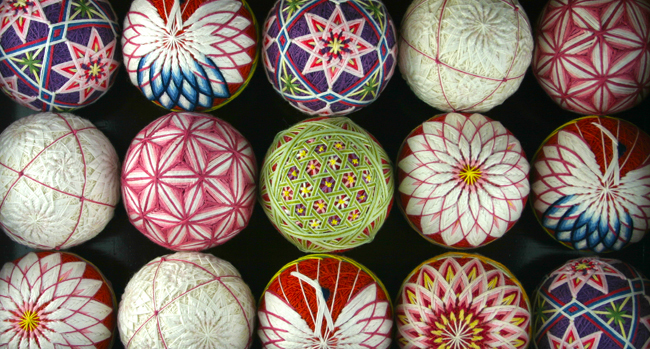
by Elizabeth Andoh | Feb 22, 2021 | Kitchen Culture, Year-Round
Pom Pom Sushi Temari-Zushi 手まり寿司 Like many frugal Japanese women who managed households in the early and mid 20th century, my mother-in-law, Kiyoko Andoh, practiced thrift in and out of the kitchen. She saved bits and pieces of cloth, turning them into quilted...

by Elizabeth Andoh | Feb 12, 2021 | Kitchen Culture, Tools & Techniques
KOGOMI こごみ・屈み Fiddlehead of the ostrich fern; Matteuccia struthiopteris What the Japanese call kogomi is commonly known in North America as fiddlehead ferns; they can be found in many parts of Canada, New England, the Midwest and the Pacific Northwest. In Japan,...
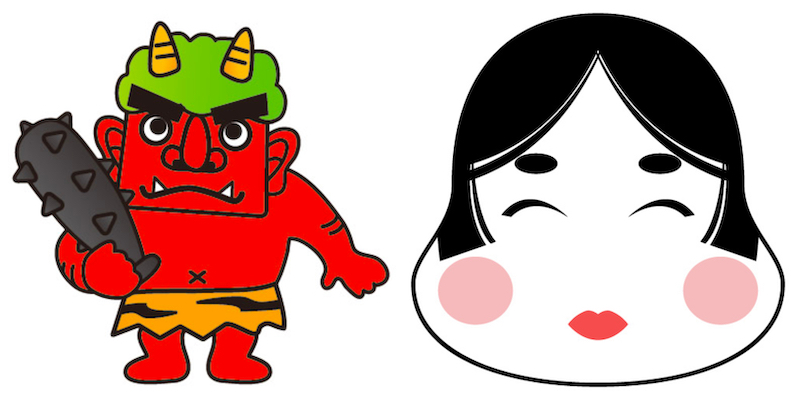
by Elizabeth Andoh | Jan 24, 2021 | Culture, Holiday, Kitchen Culture, Spring, Winter
ONI wa SOTO FUKU wa UCHI Throw out the ogres! Bring in Good Fortune! 節分 SETSUBUN means “break between seasons” and such breaks occur many times during the year. However, today Japan celebrates the setsubun break that comes early in February and...
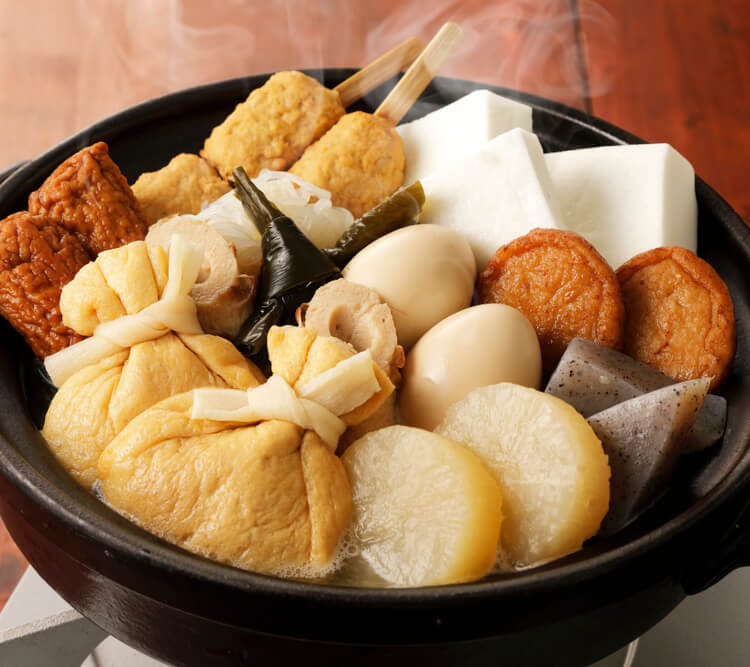
by Elizabeth Andoh | Jan 12, 2021 | Kitchen Culture, Winter, Year-Round
おでん ODEN Various ingredients find their way into the belly-warming stew known as oden. Most versions include myriad sausage-like items made from surimi (fish and seafood ground to a paste). Some of these are deep-fried while others are boiled, roasted, grilled or...
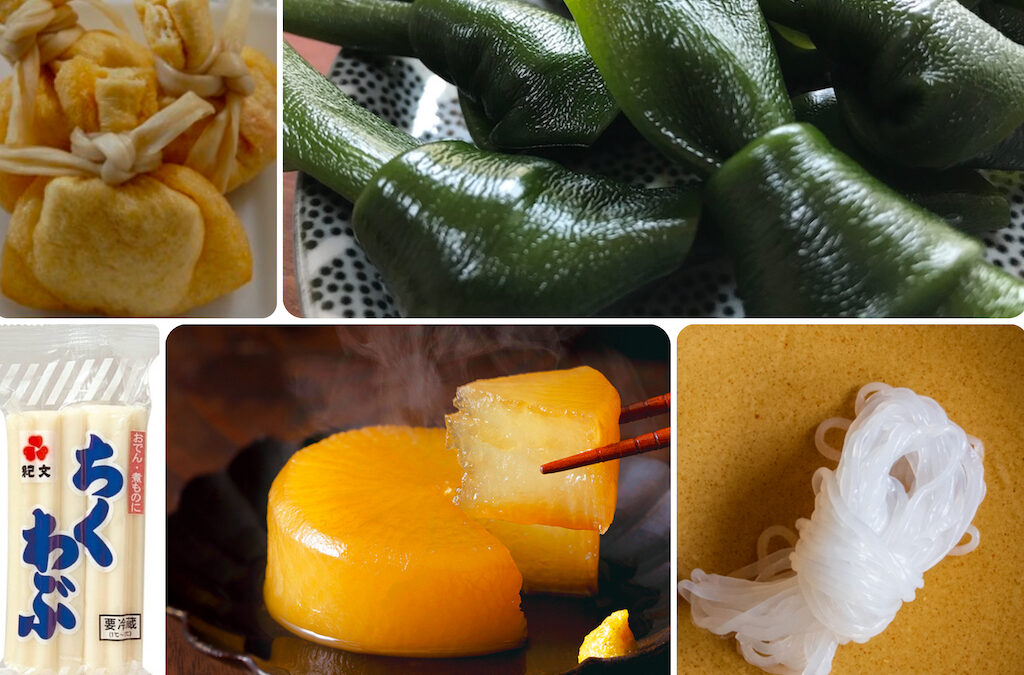
by Elizabeth Andoh | Jan 12, 2021 | Kitchen Culture, Winter, Year-Round
おでん Oden Various ingredients find their way into the belly-warming stew known as oden. Most versions include myriad sausage-like items made from surimi (fish and seafood ground to a paste). There are, however, lots of options for those who prefer plant-based items...
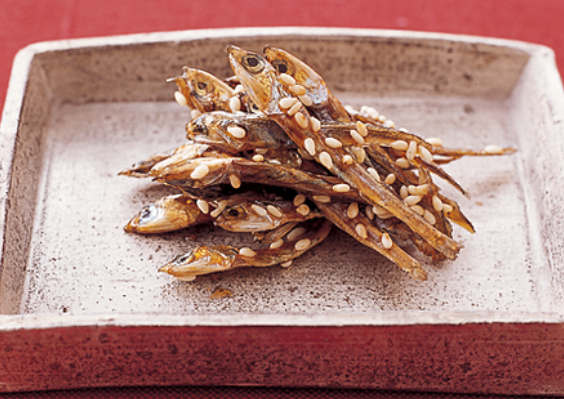
by Elizabeth Andoh | Dec 20, 2020 | Holiday, Kitchen Culture, Winter
田作り tazukuri ごまめ gomamé The names of many Japanese dishes employ word play; this is especially true of traditional holiday foods such as TAZUKURI. Written with calligraphy meaning “tilled fields” the fish brittle is a New Year delicacy that symbolizes fertility and...
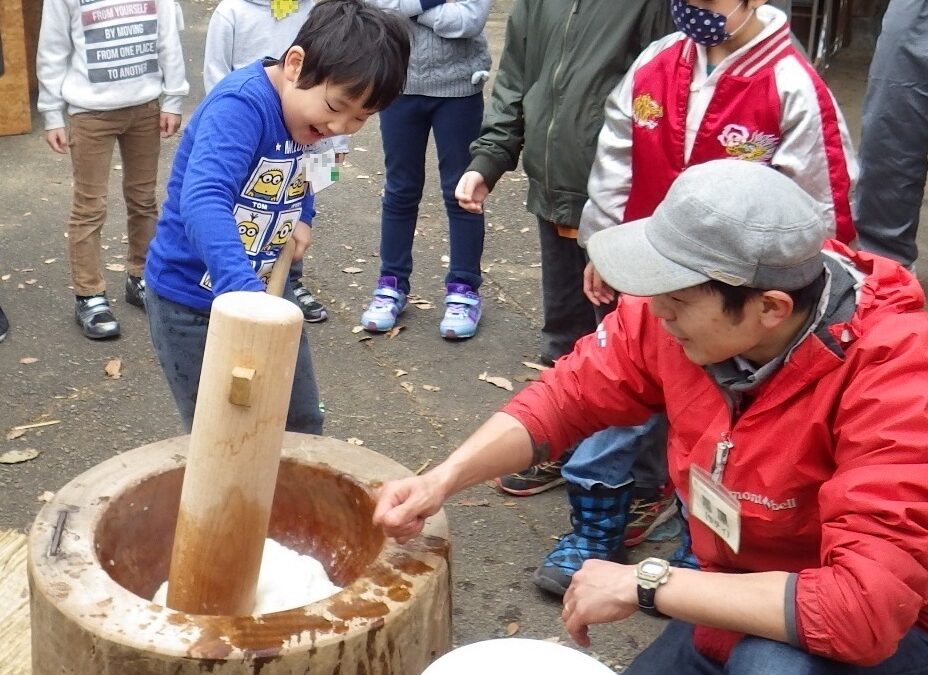
by Elizabeth Andoh | Dec 16, 2020 | Culture, Holiday, Kitchen Culture, Winter
Pounding Rice Taffy 餅つき MOCHI TSUKI MOCHI TSUKI… steamed mochi-gomé rice is pounded into a sticky, taffy-like mass. As the year comes to a close and preparations to welcome the new year are underway, communities throughout Japan organize rice-pounding events...
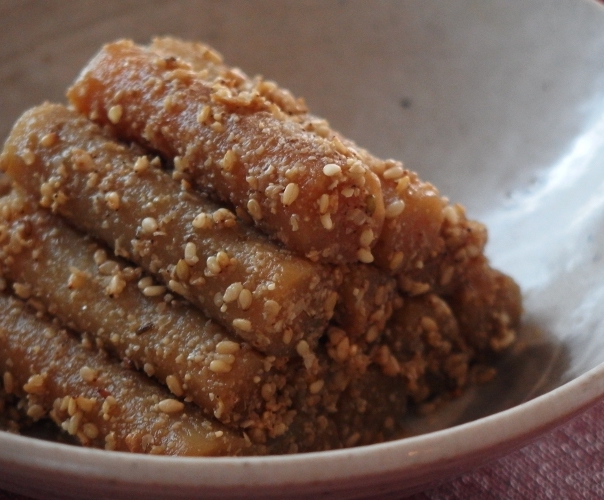
by Elizabeth Andoh | Dec 5, 2020 | Holiday, Kitchen Culture, Winter
Tataki Gobō叩き牛蒡 Smashed Burdock Root This dish takes its rather alarming name from the thwacking sound emitted when burdock root is tenderized with a blunt, heavy tool. In the traditional Japanese kitchen, this would have been a surikogi, the wooden pestle used in...
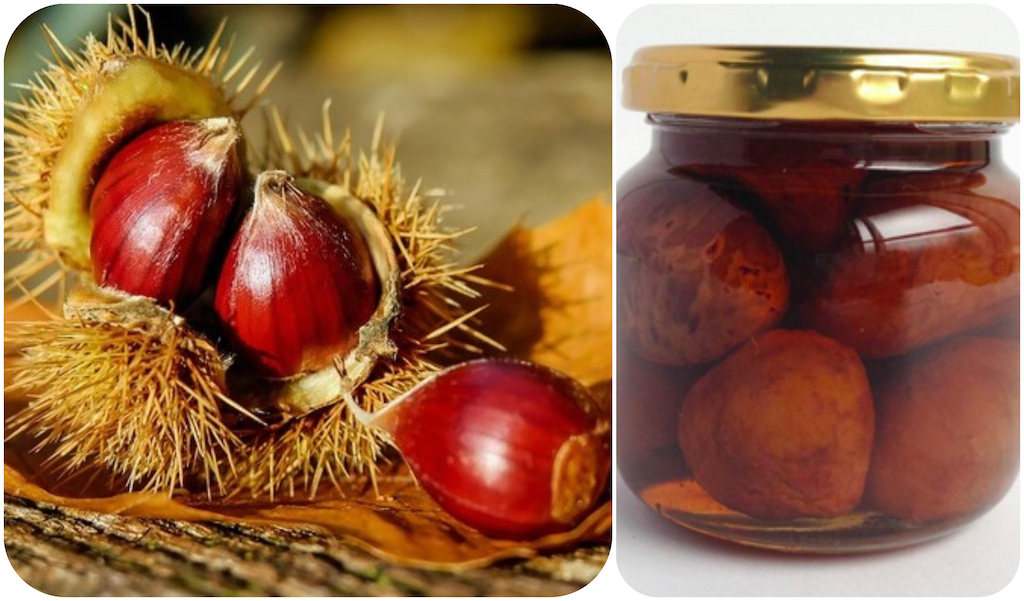
by Elizabeth Andoh | Nov 13, 2020 | Autumn, Kitchen Culture
Sugar-Stewed Chestnuts栗の渋皮煮 Shibu Kawa Ni Shibu Kawa Ni is what the Japanese call sugar-stewed whole chestnuts that are only partially peeled – their slightly bitter, inner skin being kept intact. The resulting glossy brown globes are delightfully complex in flavor...
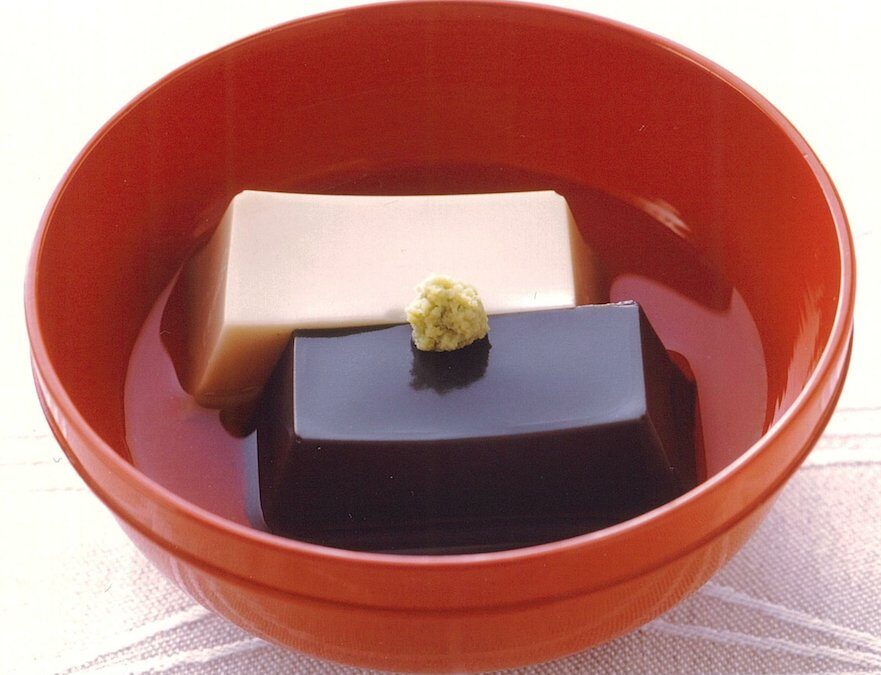
by Elizabeth Andoh | Nov 1, 2020 | Autumn, Kitchen Culture, Year-Round
Buddhist Cookery & Sesame Pudding 精進料理 Shōjin Ryōri・胡麻豆腐 Goma-Dōfu Goma-dōfu, a creamy-smooth sesame pudding, is historically associated with fucha ryōri, a Chinese-style of Buddhist cookery that arrived in Japan with Zen Priest Ingen in 1654. The pudding is a...
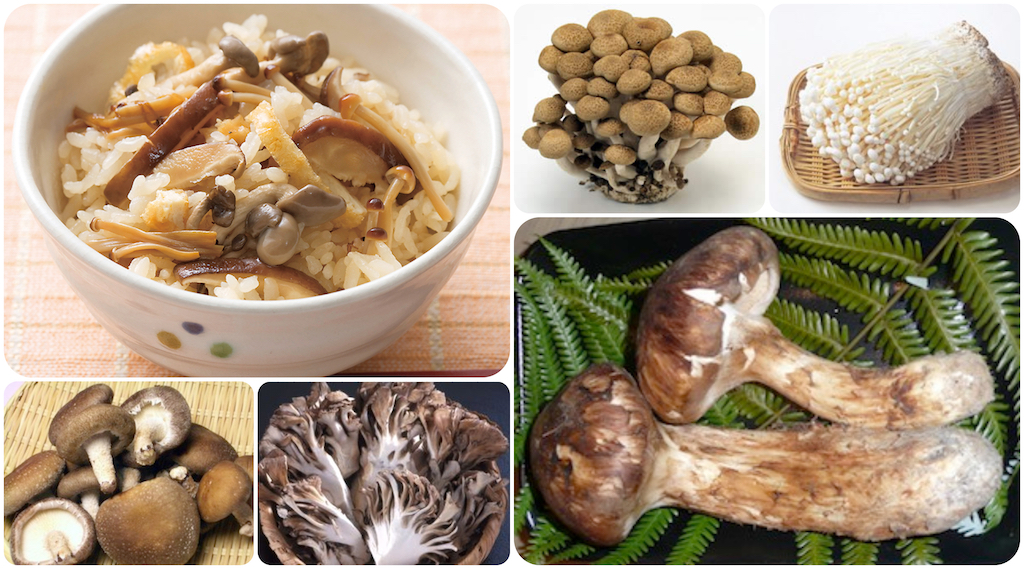
by Elizabeth Andoh | Oct 19, 2020 | Autumn, Kitchen Culture, Winter
Kinoko Gohan Rice with Mushrooms The Japanese call autumn’s many culinary pleasures Aki no Mikaku. Such pleasures include a glorious array of mushrooms. You, too, can celebrate the season at table by composing a menu that highlights this bounty. Kinoko Gohan Is an...
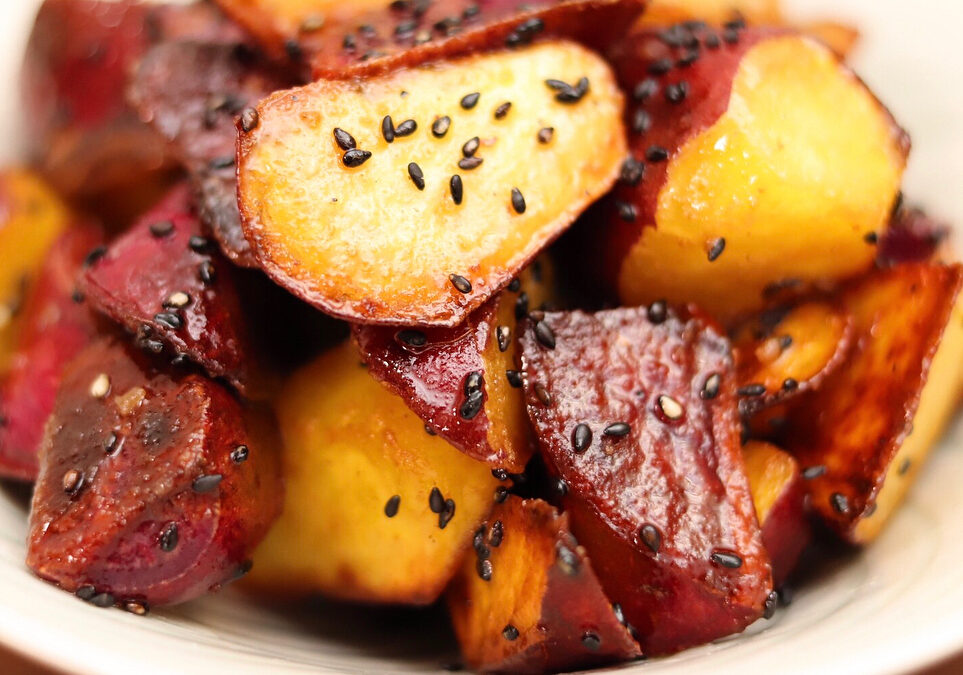
by Elizabeth Andoh | Oct 6, 2020 | Autumn, Kitchen Culture, Year-Round
Daigaku Imo (Glazed Sweet Potatoes) 大学芋 Syrup-glazed, black sesame-studded Daigaku (university) imo (potato) first became popular among university students in Japan at the turn of the twentieth century. To learn more about the history of this dish, read my October...

by Elizabeth Andoh | Sep 25, 2020 | Autumn, Kitchen Culture, Tools & Techniques
Yuzu Koshō 柚子胡椒 Mid-September…the heat of summer lingers on, but there is the promise of cooler autumn days ahead. That is when I typically see baskets of green yuzu in my Tokyo neighborhood markets and bags of green chili peppers, too. Within a month the yuzu...





















